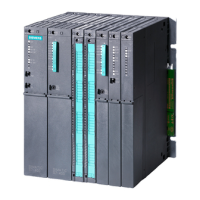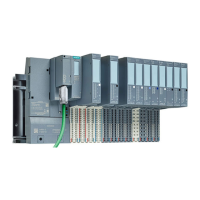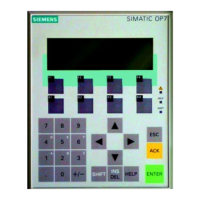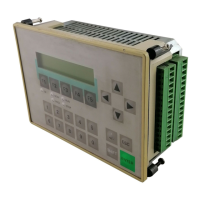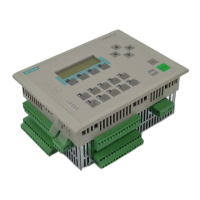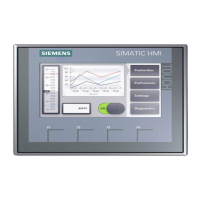Supplementary information
18.15 Other options for connecting redundant I/Os
CPU 410 Process Automation/CPU 410 SMART
System Manual, 05/2017, A5E31622160-AC
355
Hardware configuration and project engineering of the redundant I/O
Strategy recommended for use of redundant I/O:
1. Use the I/O as follows:
– in a one-sided configuration, one signal module in each subsystem
– in a switched configuration, one signal module each in two ET 200M distributed I/O
devices.
2. Wire the I/O in such a way that it can be addressed by both subsystems.
3. Configure the signal modules so that they have different logical addresses.
Note
It is not advisable to configure the input and output modules with the same logical
addresses. Otherwise, in addition t
o the logical address, you will also need to query the
type (input or output) of the defective module in OB 122.
The user program must update the process image for redundant one
-sided output
modules even in solo operation (e.g., direct accesses). If you us
e process image
partitions, the user program must update them (SFC 27 "UPDAT_PO") in OB 72
(recovery of redundancy). The system would otherwise first output old values to the
single
-channel one-sided output modules of the standby CPU on the transition to
edundant system state.
Redundant I/O in the user program
The sample program below shows the use of two redundant digital input modules:
● Module A in rack 0 with logical start address 8 and
● module B in rack 1 with logical start address 12.
One of the two modules is read in OB 1 by direct access. For the following it is generally
assumed that the module in question is A (value of variable MODA is TRUE). If no error
occurred, processing continues with the value read.
If an I/O area access error has occurred, module B is read by direct access ("second try" in
OB 1). If no error occurred, processing of module B continues with the value read. However,
if an error has also occurred here, both modules are currently defective, and operation
continues with a substitute value.
The sample program is based on the fact that following an access error on module A and its
replacement, module B is always processed first in OB 1. Module A is not processed first
again in OB 1 until an access error occurs on module B.
Note
The MODA and IOAE_BIT variables must also be valid outside OB 1 and OB 122. The
ATTEMPT2 variable, however, is used only in OB 1.

